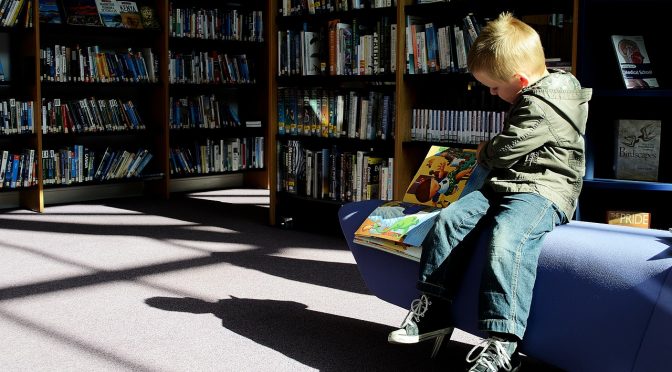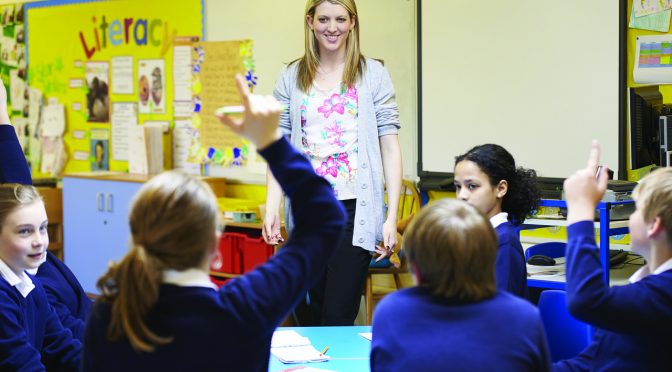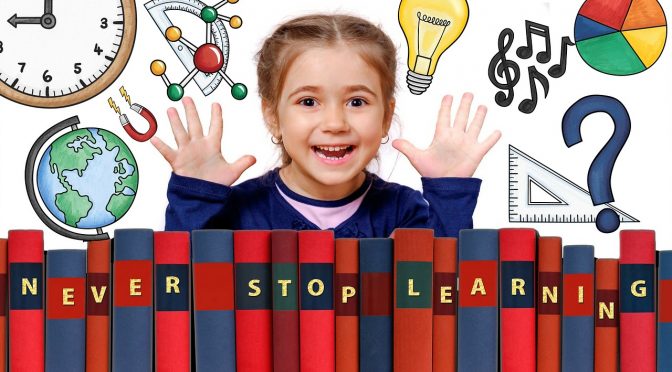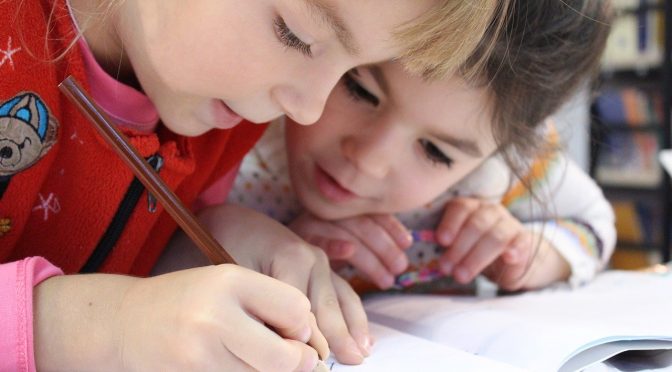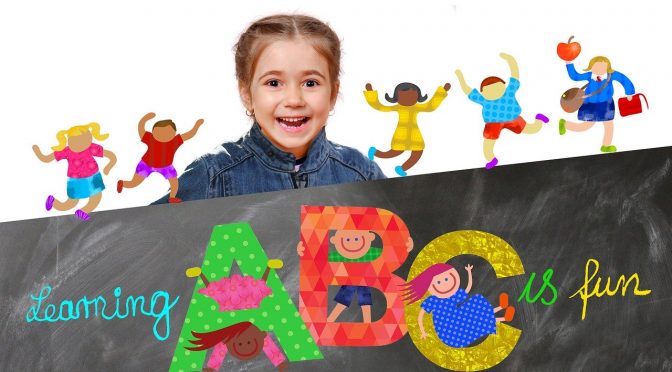Sharpening spelling skills at an early age sets the foundation for success in many areas of life. An individual with mastery over spellings is more likely to have a successful career and excel at other frontiers of life.
Listed below are some benefits of learning spellings:
- Improves Communication Skills: Good spelling skills improve communication skills in most forms of communication like emailing, letter-writing, social media, etc. Correct spellings add more gravity to the message you are putting across and people are more likely to take your message seriously.
- It Helps With Reading: Spelling and reading are inter-related too; if you can spell well, you can read easily and seamlessly. A strong hold on spellings improves reading speed and boosts vocabulary.
- Help Develop Literacy: Confident spellers are on a better footing as far as other aspects of learning are concerned. They are not only able to read and comprehend texts better but are well-equipped with language tools to help them express their ideas better.
- Impact Employment Opportunities: A resume without spelling errors has far higher chances of getting you a job than one with sporadic spelling errors. It is easier to skim through and has higher chances of being accepted.
- Helps In Academics: Accurate spellings improve a child’s performance during schooling years and beyond. Such kids have better chances of getting higher marks in assessments as their work not only looks impressive to the examiner but also casts the impression of a serious and hardworking student.
- Language Proficiency: Correct spellings are the foundation of any language. If your spellings are strong, your mastery on the language is guaranteed. So, if you are trying to be proficient at any language, start with mastering the spellings.
- Improves Writing: Writing is a skill that is required at school, at the work place, for formal communication and more. The first step towards improving writing skills is to work on spellings. A strong grasp on spellings will help you write confidently, faster and impressively.
- Boosts Concentration: Mastering spellings helps in improving concentration levels as there are fewer distractions due to misspelled words. By spending less time on checking spellings and making corrections, one is able to focus on the task at hand and produce better results.
- Casts A Good Impression: When looking for jobs or even during work interactions at work, those with strong spelling skills cast a positive impression. A person with a strong hold over spellings is perceived as a well-educated person with strong command over the language.
See-n-Read Reading Tools offers tools to help readers improve their spellings. For more details on importance of learning spellings, visit 2533 Sutton Lane, Aurora, IL – 60502, or call at (630) 236 – 5592.

